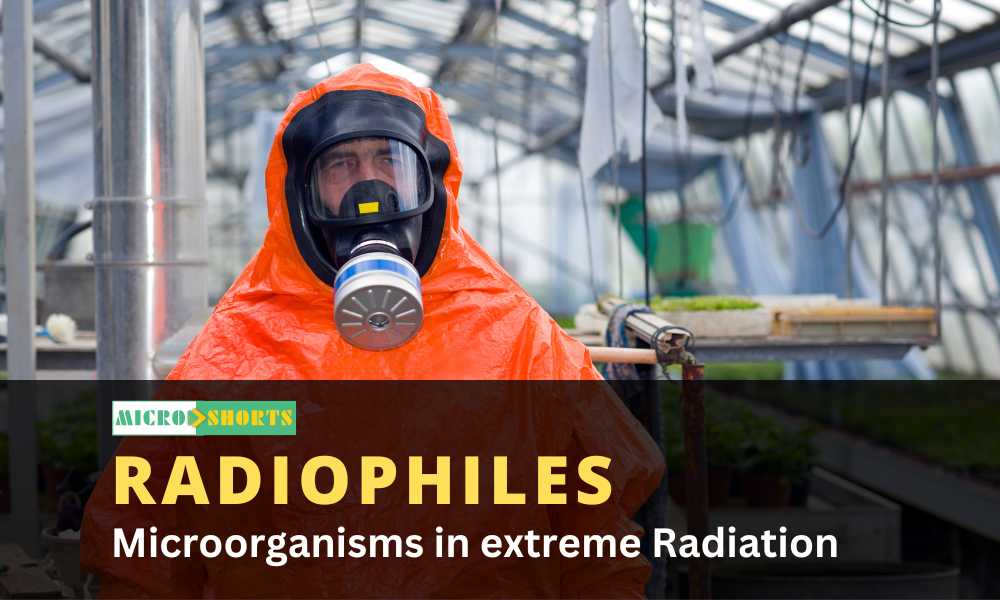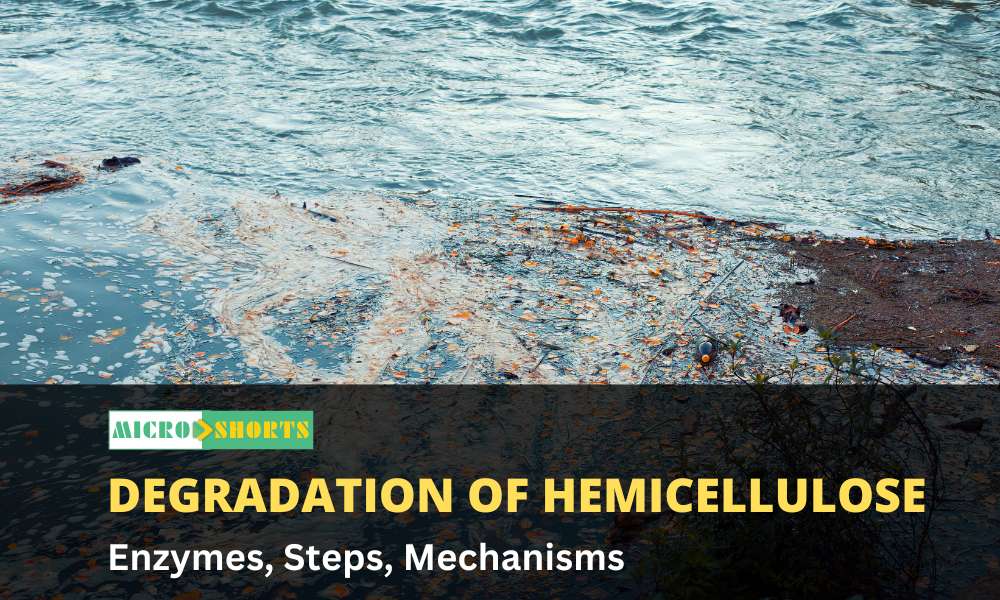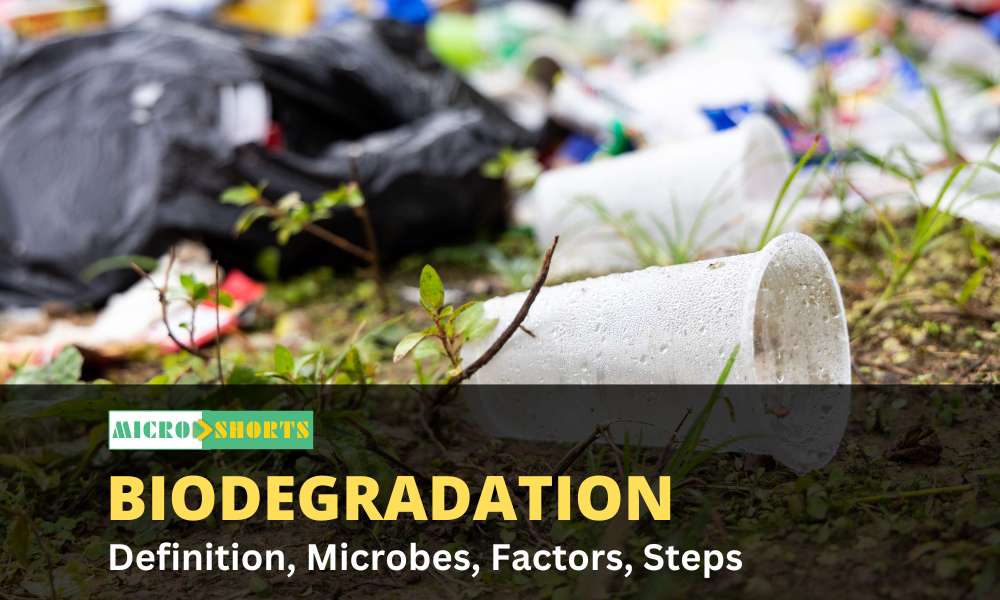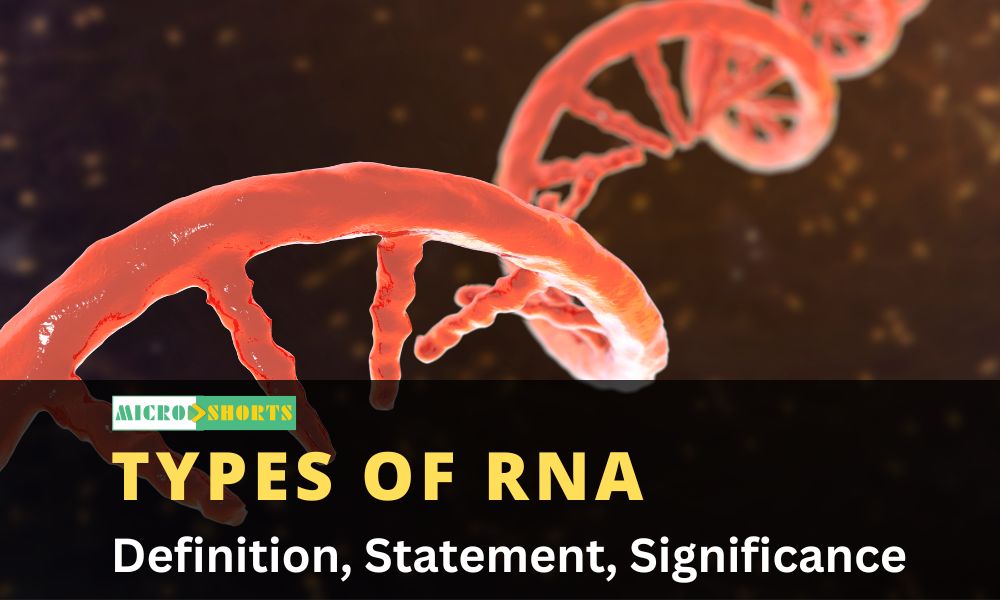Radiophile Definition and Characteristics
- Radiophiles are a group of extremophiles that are capable of surviving extreme forms of radiations like ionizing radiant (gamma rays) and UV radiation.
- Studies on radiophiles are quite limited as they are to be isolated from extreme environments like outer space of other planets.
- These organisms have low diversity with all organisms belonging to the archaea and bacteria families.
- Radiophiles can either be radiation tolerant or radiation-resistant. Radiation tolerant microorganisms can endure harmful radiation for a period of time, whereas radiation-resistant organisms can withstand a longer period of time.
- Radiations are harmful to neutrophils as they destroy various important biomolecules like DNA, proteins, and enzymes as a result of ionization.
- Non-ionizing radiation, in turn, results in the formation of reactive oxygen species like superoxides which then affects the metabolism of those cells.
- The adaptive mechanism utilized by radiophiles might be different for ionizing and non-ionizing radiation.
Radiophile Mode of adaptation
Ionizing radiation
- Ionizing radiation is responsible mainly for double-stranded breaks in the genome of organisms.
- However, it has also been shown to damage both proteins and lipids and induce persistent oxidative stress.
- Therefore, ionizing radioresistant organisms have developed all, or a combination of different strategies like the novel and adaptive DNA repair mechanisms, antioxidant and enzymatic defense systems, and a condensed nucleoid.
- Fast and accurate repair of genomes is essential in surviving doses of ionizing radiation which is accomplished in radiophiles through the use of the nucleotide excision repair pathway.
- Other forms of oxidative stress prevention and tolerance mechanisms include cell cleaning through the elimination of oxidized macromolecules, selective protection of proteins against oxidative damage, and suppression of reactive oxygen species production.
- A condensed nucleoid has also been shown to promote the efficiency and accuracy of DNA repair and to limit the diffusion of radiation-generated DNA fragments.
Non-ionizing radiation
- UV radiation, unlike gamma radiation, damages DNA in more subtle ways through the formation of cyclobutene pyrimidine dimmers.
- To repair these DNA lesions, organisms use a combination of photoreactivation genes, nucleotide excision repair, base excision repair, and homologous recombination.
- These organisms have also developed a suite of photoprotection devices to protect themselves from continual exposure to UV radiation.
- Products like carotenoids, superoxide dismutases, and hydroperoxides and the gene duplication process via polyploidy work as the photoprotection devices.
- The genome composition of the organisms with a reduction in the number of bipyrimidine sequences also provides protection against exposure.
Radiophile Examples
- Some common examples of radiophiles are Deinococcus radiodurans, Brevundimonas, Rhodococcus, Halomonas, Herbaspirillum, Hymenobacter, Rhodobacter, etc.









Comments